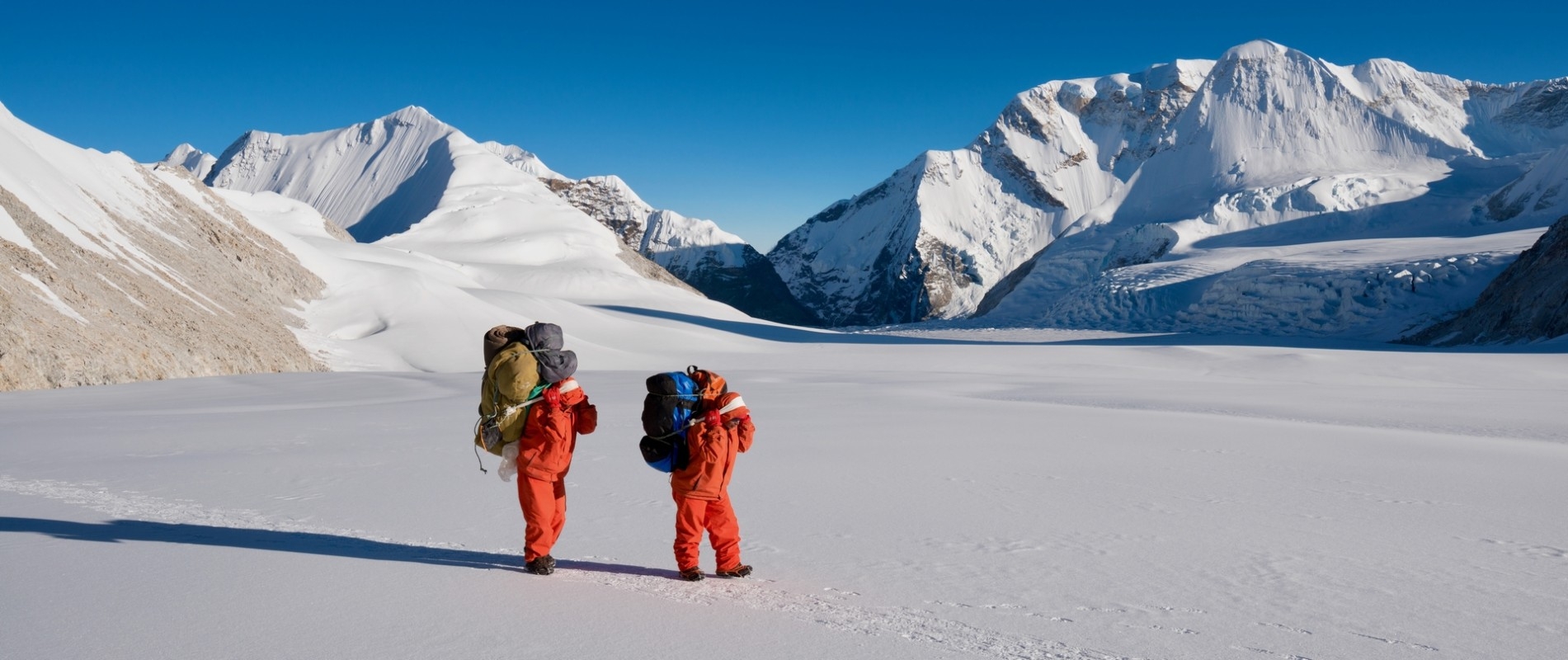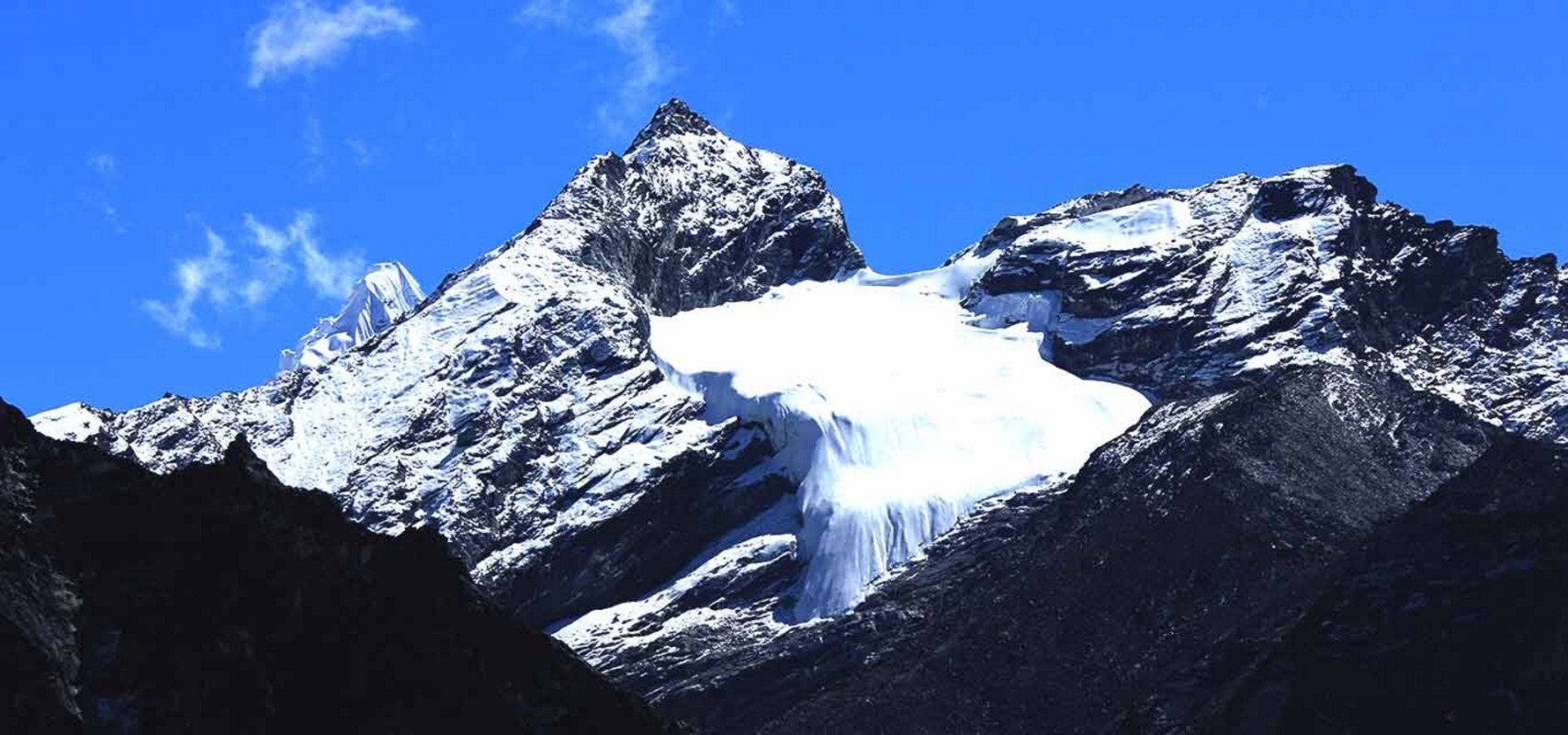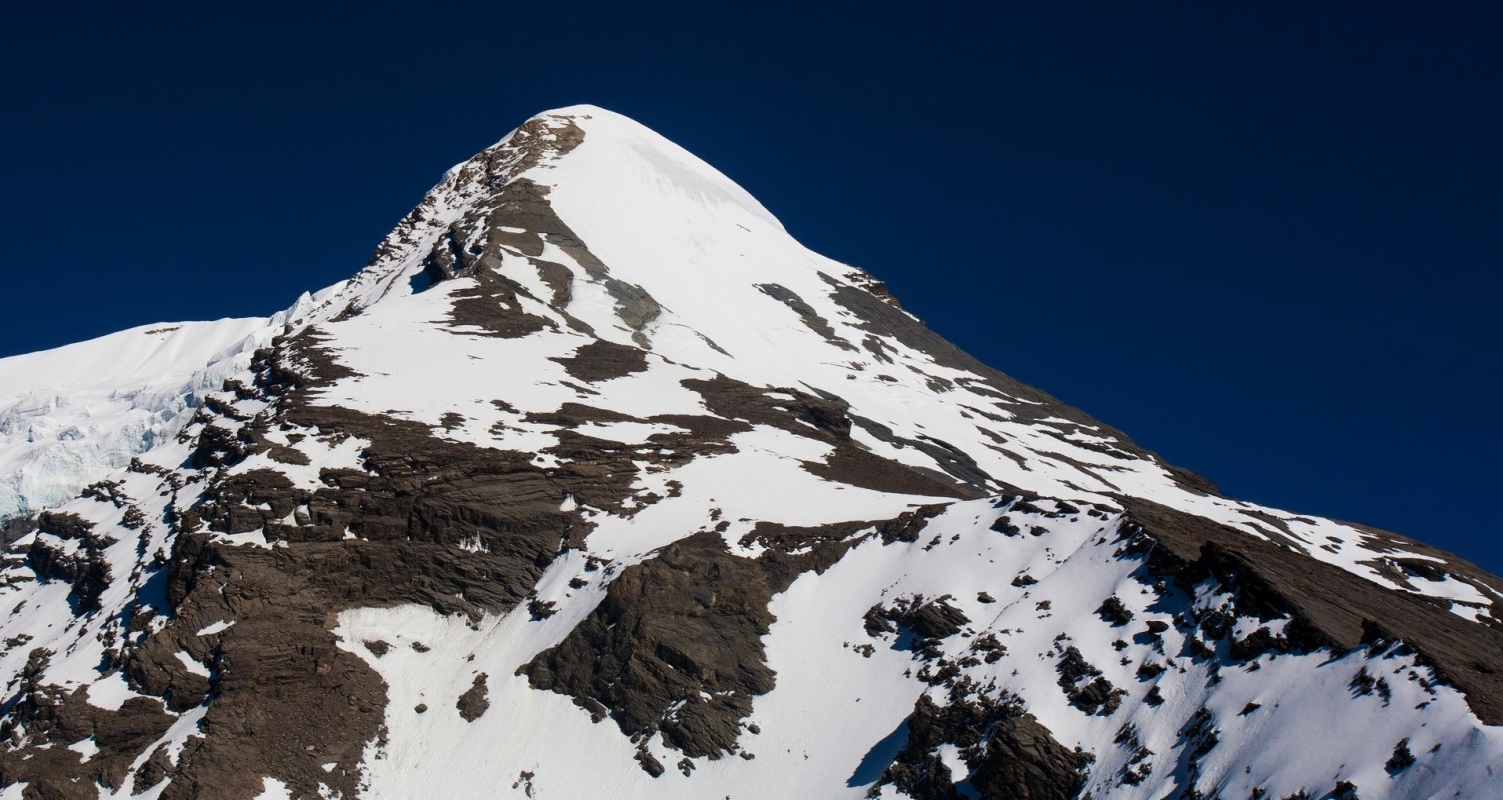

Your trip day starts today when you arrive to Tribhuvan International Airport in Kathmandu. Upon your arrival, you will be received by our representative at the airport. He will be carrying a signboard with our company’s name on it. Then you will be transferred to the tour hotel and checked in. A trip briefing will follow later today and the time will be notified to you by the representative who picks you up from the airport. We will come to meet and brief you about the trip at the fixed time. Until then just relax or explore a bit of surrounding.
We take you for a day tour of cultural heritage monuments in Kathmandu valley after breakfast. The tour will give you a mixed insight of history, culture, art, architecture and spirituality of Kathmandu valley. The sites include; Swoyambhunath aka Monkey Temple: The oldest of all sites in Kathmandu valley, Swoyambhunath is an important Buddhist spiritual site having the history over two thousand years old. This site has gained a popular name as monkey temple as this small forested hill is a good habitat for hundreds of monkeys. The visit there will heighten your spiritual and cultural experience. Patan City including Patan Durbar Square: A tour to medieval city of Patan gives you a great insight about ethnic Newari culture, Budhhist spirituality, religious harmony, art and architecture while you stroll around the charismatic alleys taking you to magnificent local community squares known as Bahal and eventually leading you to an incredible medieval palace square. The monuments and skill of the local artisans displayed on those monuments in the square will stun you with their unbelievable charm. Boudhanath Stupa: The largest of its kind in the world, this magnificent stupa is a very important center of faith for the people following Tibetan Buddhism. This place is nice Circular Square with the stunning stupa in the middle of it which spreads a lot of spiritual vibrations around the atmosphere.
Take an early morning flight from Kathmandu airport to Lukla. The flight is a scenic Himalayan panoramic flight to the gorgeous mountain town of Lukla, the gateway to Everest trekking. After landing at the Lukla airport, take some time to prepare for the walk of the day. Start the trek for the day today to Phakding, a beautiful town on the bank on Dudhkoshi River. Approximately four hours of gentle walking on the Everest trail takes you to Phakding to spend overnight at a tea house.
After taking breakfast at the tea house, you start the trek to astounding Sherpa town of Namche today. The walk today is mostly uphill making you cover a good distance of elevation. You will come across lots of yaks, Buddhist prayer flags, and many trekking adventurers like you and several other beautiful things. Once you arrive at Namche, you praise the charm of the town and the Himalayan view from there more. Check into a hotel and relax.
Already at the elevation of 3440 meters above sea level, you need to acclimatize with the high altitude atmosphere. Thus it is an extra day at Namche to acclimatize doing some uphill side hikes. Once you return back to Namche from the hike, you will have some time to explore the charming town of Namche as well.
Leave Namche early morning after breakfast. It is beautiful walk up to Tengboche, the monastic village in the Everest base camp trekking trail. On the way to Tengboche, experience some of the spectacular views around. Once you reach Tengboche and check into guest house, go and explore the monastery, learn about Tibetan Buddhism.
Trek to Dingboche via Diboche and Pangboche. After walking for about eight hours through beautiful mountain trails in the serene Everest trekking route, you reach Dingboche to stay overnight.
You are already at the elevation of 4400 meters above sea level so you have an extra day here to acclimatize with the high altitude climate. Go for some beautiful hikes which will help you adjust your body into the thin air of the high altitude. Return back to Dingboche and stay relaxed.
Continue to Chukkung. Even though it is only a short distance from Dingboche and Chukkung, you can feel high altitude. on the way onward breathtaking views of Island Peak, Lhotse, Chukkung Ri, and Makalu. When you arrive at teahouse for lunch. Hike around the settlement or relax on the doorway of your lodge and take in the view of the mountains. Proceed to Chukkung. You can feel the greatest height even if it is only a short distance from Dingboche and Chukkung. Enjoy amazing views of Island Peak, Lhotse, Chukkung Ri, and Makalu along the way. When you get at the area, have lunch at a guesthouse. Enjoy the countryside surrounding the hamlet or unwind on your guest house's veranda while admiring the view of the mountains.
Chukkhung Village - Island Peak's final equipment and gear checkpoint Move up Hike to Chukkung Ri, a hill near the village, to help your body adjust to the thin air. Chukkung Ri, which rises to a height of 5550 meters, is the excellent hill for an acclimatize climb. You can see Island Peak, Lhotse, Ama Dablam, and other summits if the weather is clear. You won't need any technical climbing skills, and you'll be able to hike up and down without problem. After returning to the guesthouse, the final gear and equipment check will take place. If you have trekked without your own climbing gear, you can visit the mountaineering rental equipment business and rent a few items. Please keep in mind that climbing boots in sizes 12 and up are rarely available here or in Kathmandu's rental shops. So, if you have a foot size of 12 or +12, bring your climbing boots. Teahouse in Chukkung for the night.
Island Peak Base Camp offers camping and pre-climb training. You hike from Chukkung to the Island Peak Base Camp. The trail passes via the Lhotse and Imja glaciers and is an uphill trek. The scenery is harsh and beautiful. You arrive at the Island Peak Base Camp after a short climb, where you will begin your summit attempt. By the time you arrive at base camp, tents will already be set up. A one-person tent will be your sleeping accommodations. After lunch, leave your belongings at your tent and attend a pre-climb training session. Under the cautious eye of your guide, you will be able to perfect your rappel and belaying skills. He'll also show you how to use a karabiner, ascender, ice axe, harness, and other climbing gear. Have a good night's sleep because you'll need to get up by midnight tomorrow to prepare for your summit attempt. Base Camp is a tented camp where you will spend the night.
Begin as early as 1:00 a.m. To avoid the clouds and strong gusts that arrive late in the afternoon, the team must be on the slopes climbing as early as possible. The climb is hard and difficult, requiring the use of a belay equipment. You should bring a packed lunch and some snacks with you because you will be climbing for the whole of the day. After a short hike, you will arrive at High Camp. It takes around 3 hours to hike from here to Crampon Point, when you put on your crampons as the trail becomes ice and tricky. From 5700m onwards, man-ropes will be secured for the team's safety. Reach the base of Imja Glacier by following a narrow ridge. Enjoy a stunning daylight panorama of Makalu, Baruntse, Ama Dablam, Mera Peak, Chamlang, and other peaks from the glacier. Because the hill is tilted at 45 to 50 degrees, the climb is not too difficult. The ropes will be fixed at the glacier by the guides. As you near the summit of Island Peak, the enormous Lhotse seems near. The most difficult section of the hike is climbing a steep wall before reaching the summit. You'll have to climb beyond the rope to get to the top. Depending on the weather, there will be one or two crevasses. To bridge the crevasses, a ladder will be utilized. Keep your grip on the rope and follow the ridgeline to the summit. Spend some time at the summit shooting photographs and admiring the views of the mountains. Later, return to Base Camp. It's a long way down. Take care not to lose your footing. Once you've arrived at base camp, stretch your tired legs and congratulate yourself on your success. Overnight in Base Camp at tented camp.
An extra day in case severe weather prevents you from summiting on time. This day can also be used in the event of an emergency, such as canceled or missed flights, delays due to minor injuries or inclement weather, and so on. If you keep to your timetable and everything goes according to plan, you can spend the extra day exploring a Sherpa village along the way.
From Island Peak Base Camp, it's a short walk to Pangboche, one of the Everest region's oldest and highest permanent Sherpa communities. The town is home to the Khumbu Area's oldest Buddhist gompa (monastery).
The walk down today to Namche passes through Tengboche Phugithaga and Sanasa. After walking for about six to seven hours, you reach Namche. where you have overnight stay plan today.
Walk another six, seven hours back to Lukla today after your breakfast. The walk passes through Jorshalle,Phakding chheplung and finalley at Lukla where you had start your first trekking.
Take an early morning flight back to Kathmandu. You will be picked up on your arrival at the airport and then transferred to hotel. You have a free afternoon to relax or explore. We will meet in the evening to go for farewell dinner.
Spend your free day in Kathmandu exploring around.
We will drop you to airport three hours prior to your flight time.
Essential Documents and Items
Ensure you have the following essential documents and items ready for your trip:
Personal Climbing Gear:
Group Climbing Gear:
Personal Trekking and Climbing Gear Checklist:
Rucksack and Travel Bags:
Head:
Upper Body:
Hands:
Lower Body:
walking shorts.
Feet:
Sleeping:
Medicine:
Practical Items:
Toiletries:
Personal Hygiene:
Extras/Opulence:
Please note that items such as sleeping bags and liners, down jackets, trekking poles, gaiters, crampons, backpacks, etc., can be rented or bought in Kathmandu. Additionally, mountaineering boots larger than size 12 can be hard to find in Nepal, so if you have large feet (+12 size), consider bringing your climbing boots from home.



